Key Findings and Guiding Questions that Examine the Experiences of Students with Disabilities in Charter and Traditional Public Schools
In light of the disruptions caused by COVID-19, enrollment in charter schools continues to grow. With that in mind, it is critical that educators, policymakers, and charter school authorizers and funders continue to track how students with disabilities are accessing charter schools, their in-school experiences, and the factors that impact their ability to receive an equitable education comparable to their non-disabled peers—now and post-recovery.
The Center for Learner Equity (CLE) has conducted a secondary analysis of the 2017-2018 Civil Rights Data Collection (CRDC) released in 2020. The CRDC is the nation’s leading data set on civil rights indicators related to access and barriers to educational opportunities.
Areas of Focus: Technical Briefs
We analyzed similarities and differences between students with disabilities in charter and traditional public schools and how they have changed over time across five areas of focus:
- Enrollment — Proportion of students with disabilities receiving services due to eligibility under IDEA or Section 504
- Enrollment Characteristics — Characteristics of students with disabilities (i.e., disability type, gender, race, and English language learner)
- Educational Settings — Extent to which students with disabilities are educated in a general education classroom with their peers
- School Discipline — Rates of school discipline and engagement of law enforcement for students with disabilities relative to peers without disabilities
- Specialized Charter Schools — Growth and characteristics of charter schools specializing in educating students with disabilities
Click each image below to view the full technical brief for each topic.
Recorded Webinar
CLE held a webinar discussing key findings from the CRDC analysis on November 17, 2021. View the recording and presentation below.
Summary of Findings
Methodology
The purpose of this document is to provide information on the calculations and data from the 2017–2018 Civil Rights Data Collection (CRDC) that were used to assess the findings in the technical briefs. Using the 2017–18 CRDC data, variables were selected to observe the enrollment and experiences of students with disabilities in different school settings. However, it was important to make decisions regarding how to clean the data, which variables to use, and how to report the findings. Please view the document for further detail on the methodology used in this secondary analysis.
Acknowledgments
We would like to acknowledge Patrick Gibson and Ashley Robles from the School & State Finance Project for their analysis of the data and synthesis of findings and Powers Solutions for design and layout. Lauren Morando Rhim, Megan Ohlssen, Paul O’Neill, Bryan Rotach, and Wendy Tucker from the Center for Learner Equity contributed to the brief. Support for our secondary analysis of the Civil Rights Data Collection comes from the Oak Foundation and Walton Family Foundation.
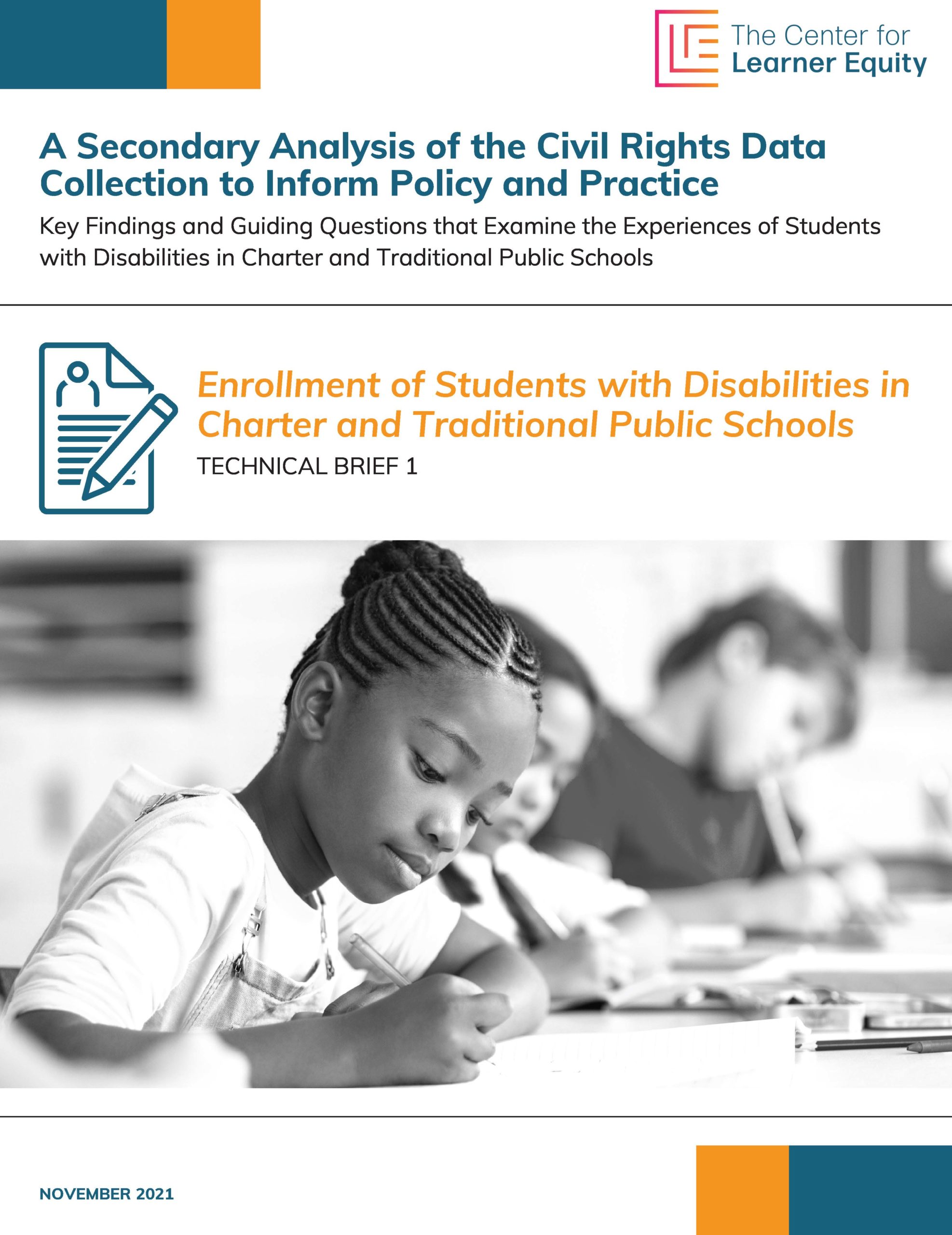
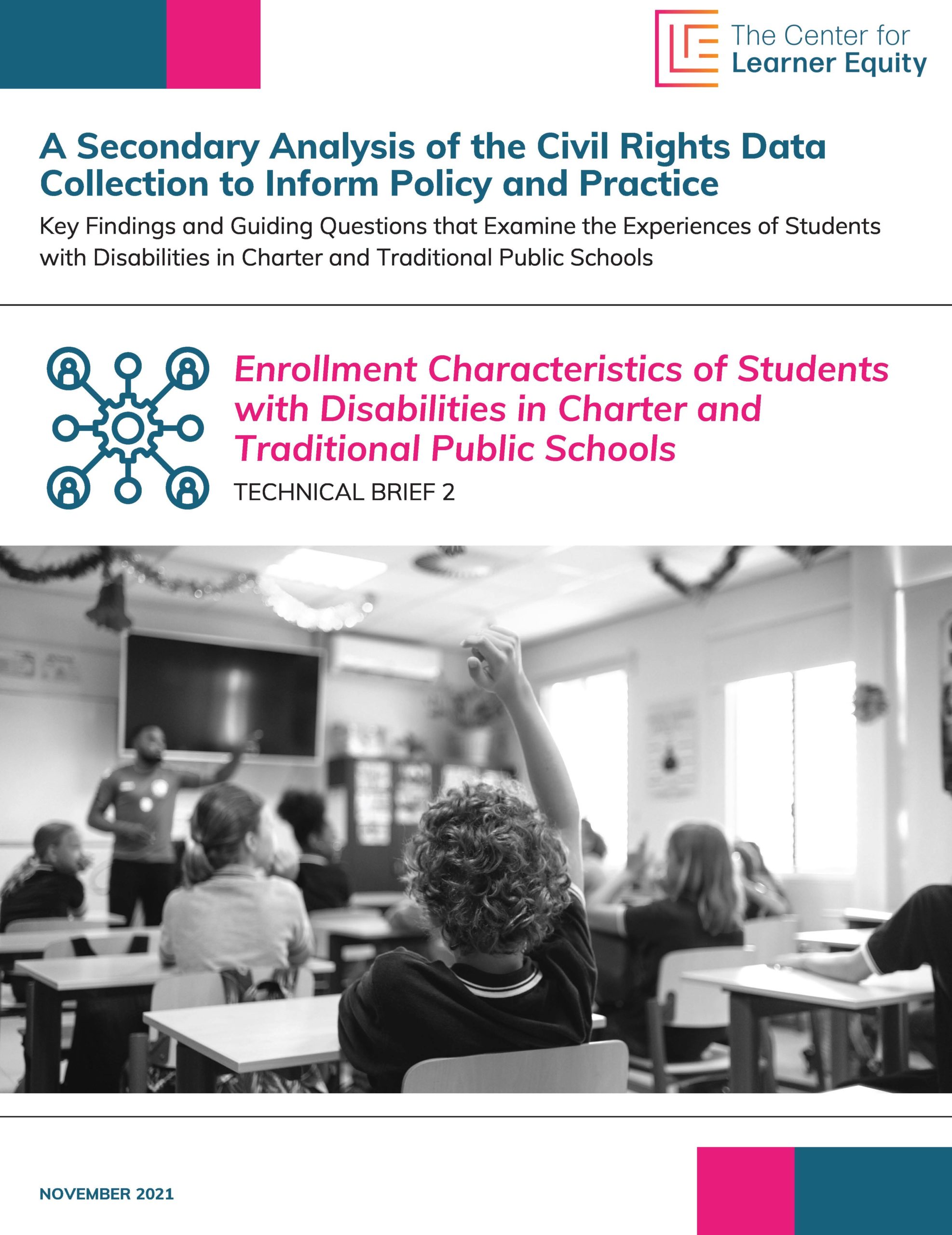
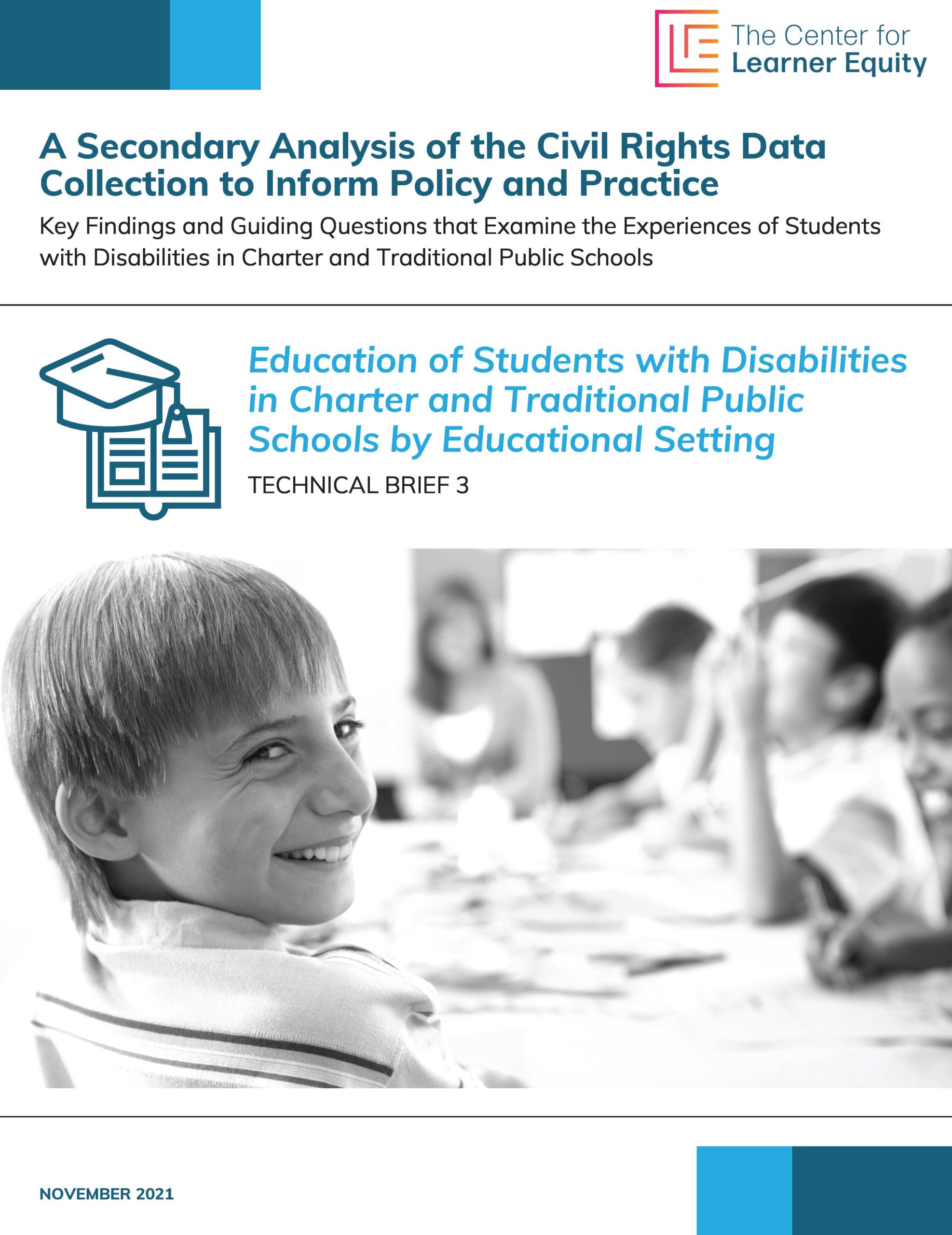
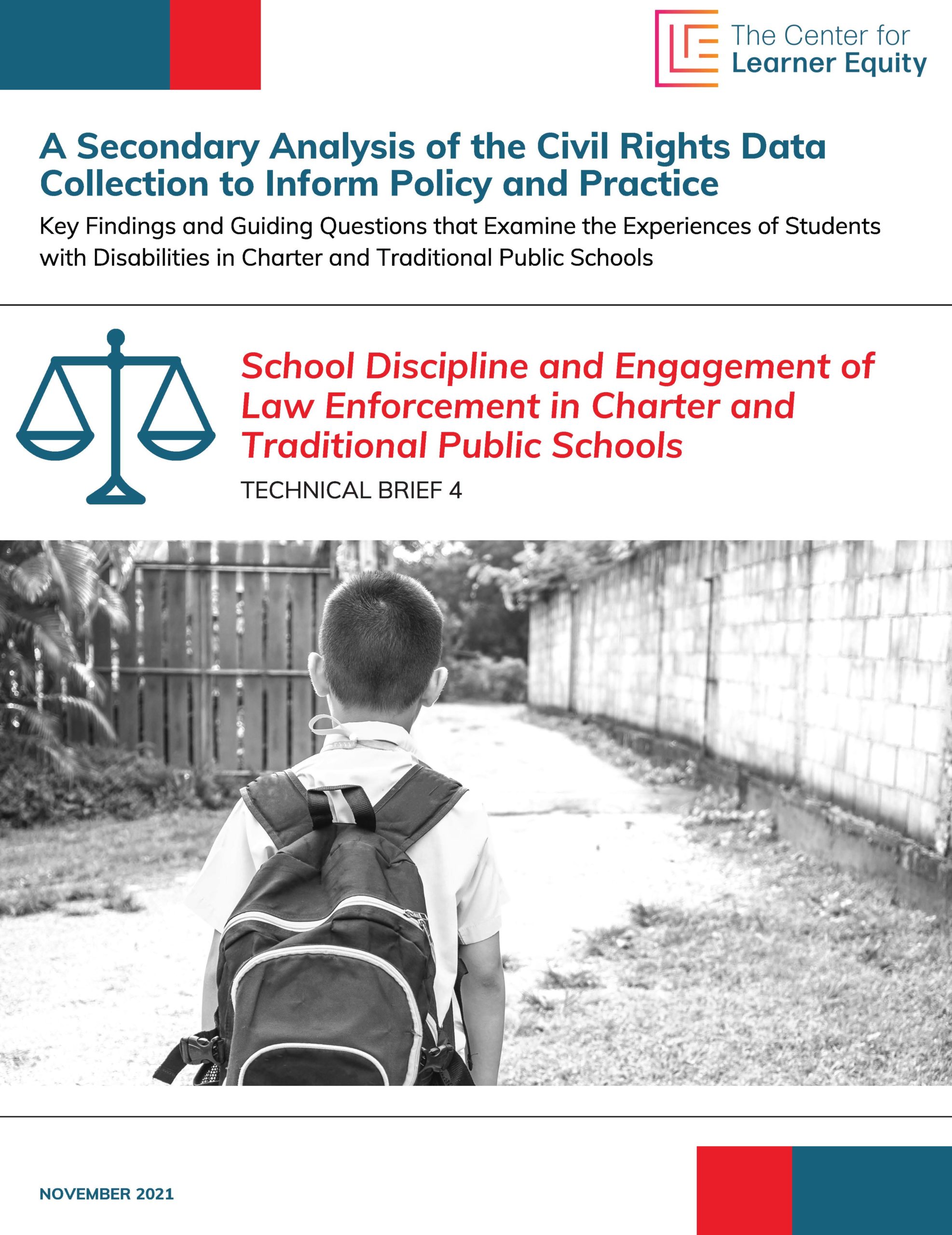
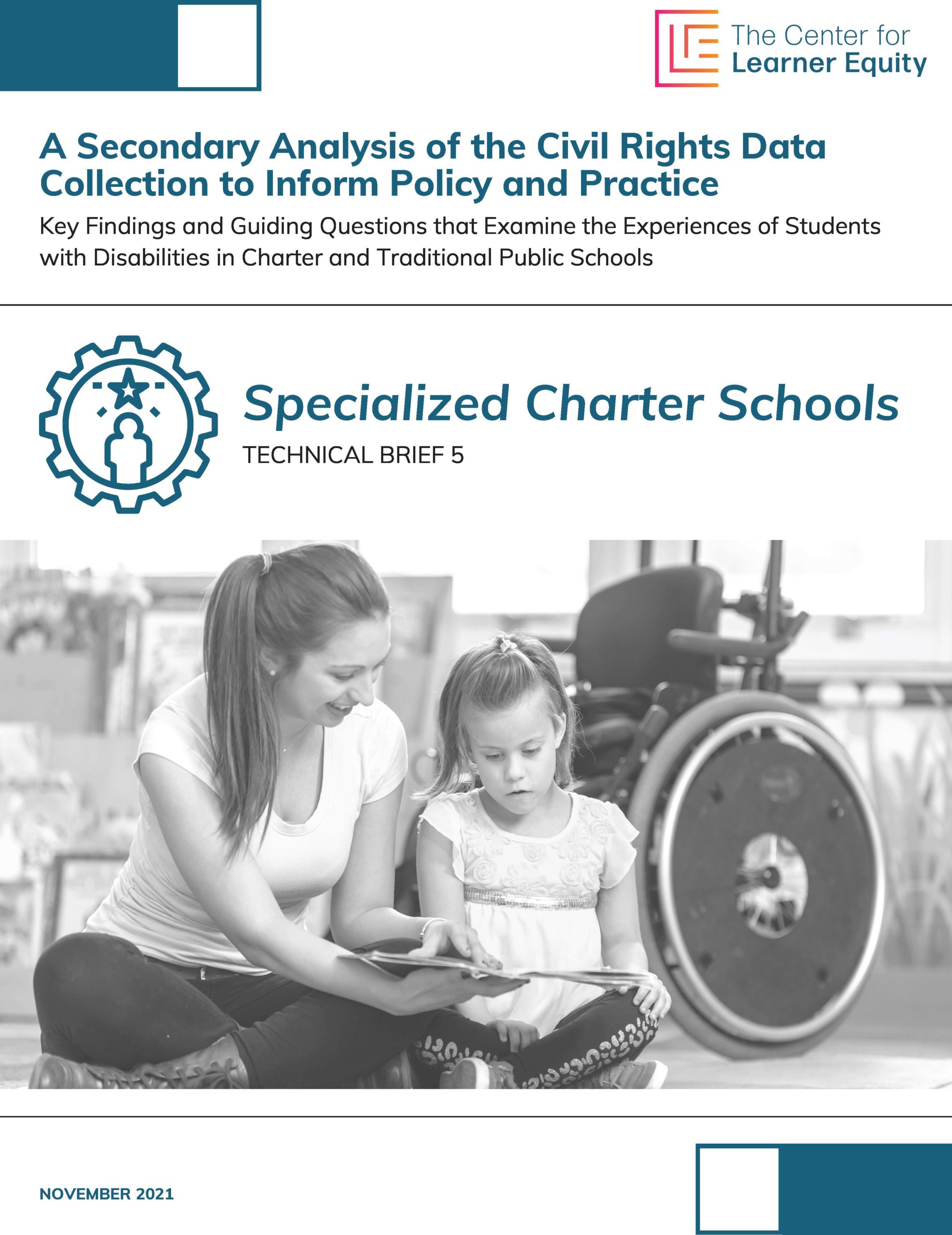
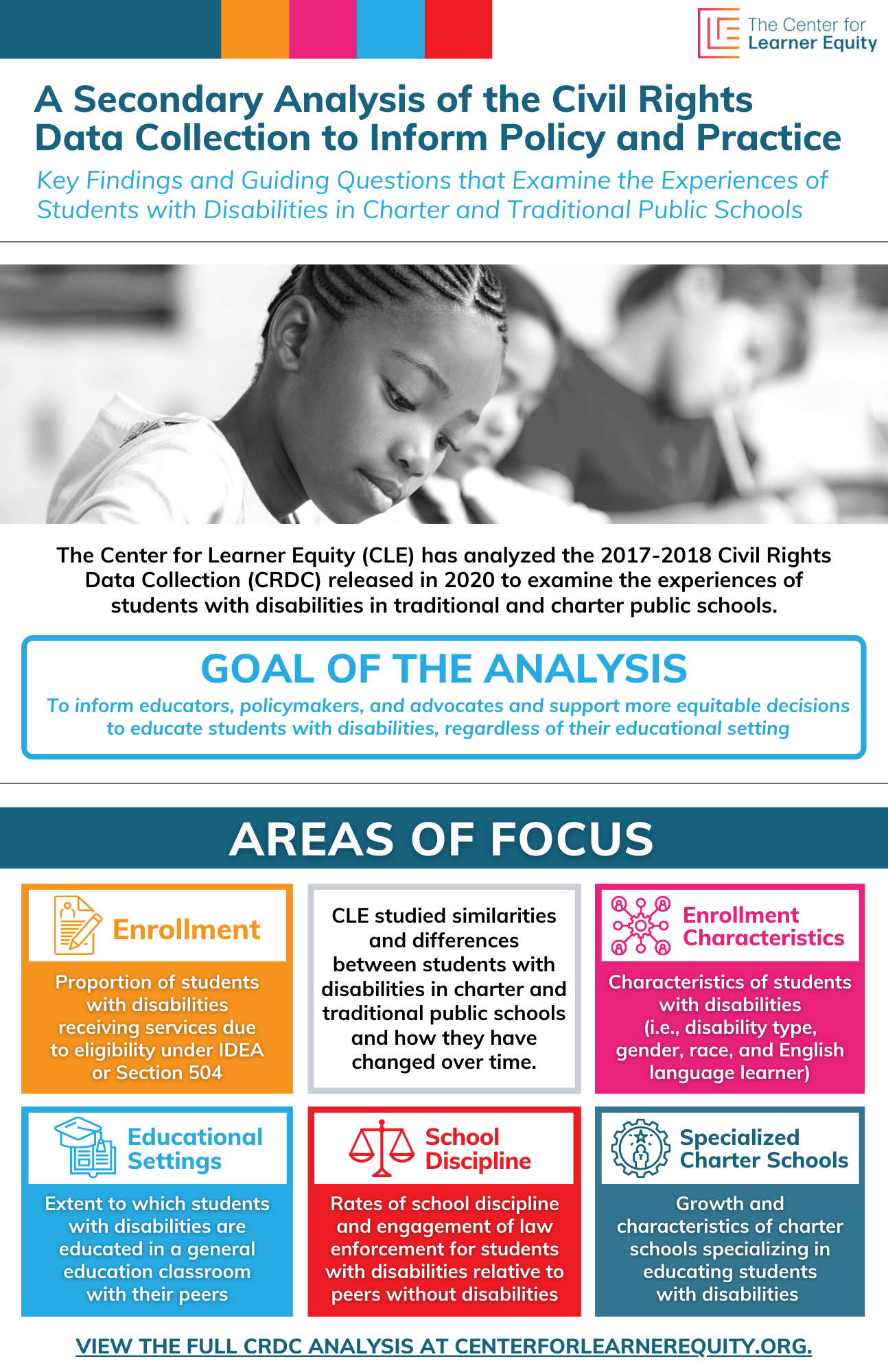
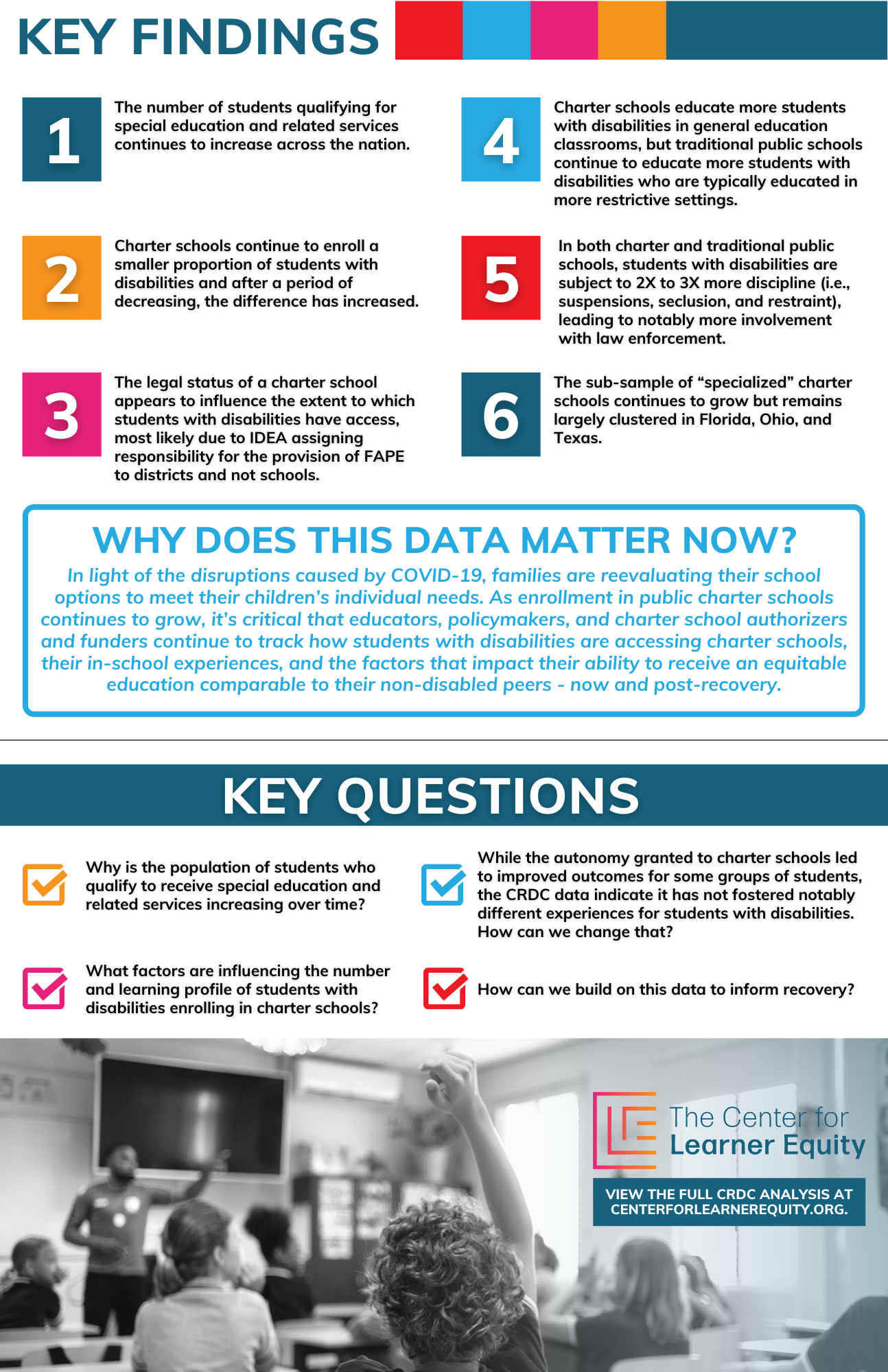
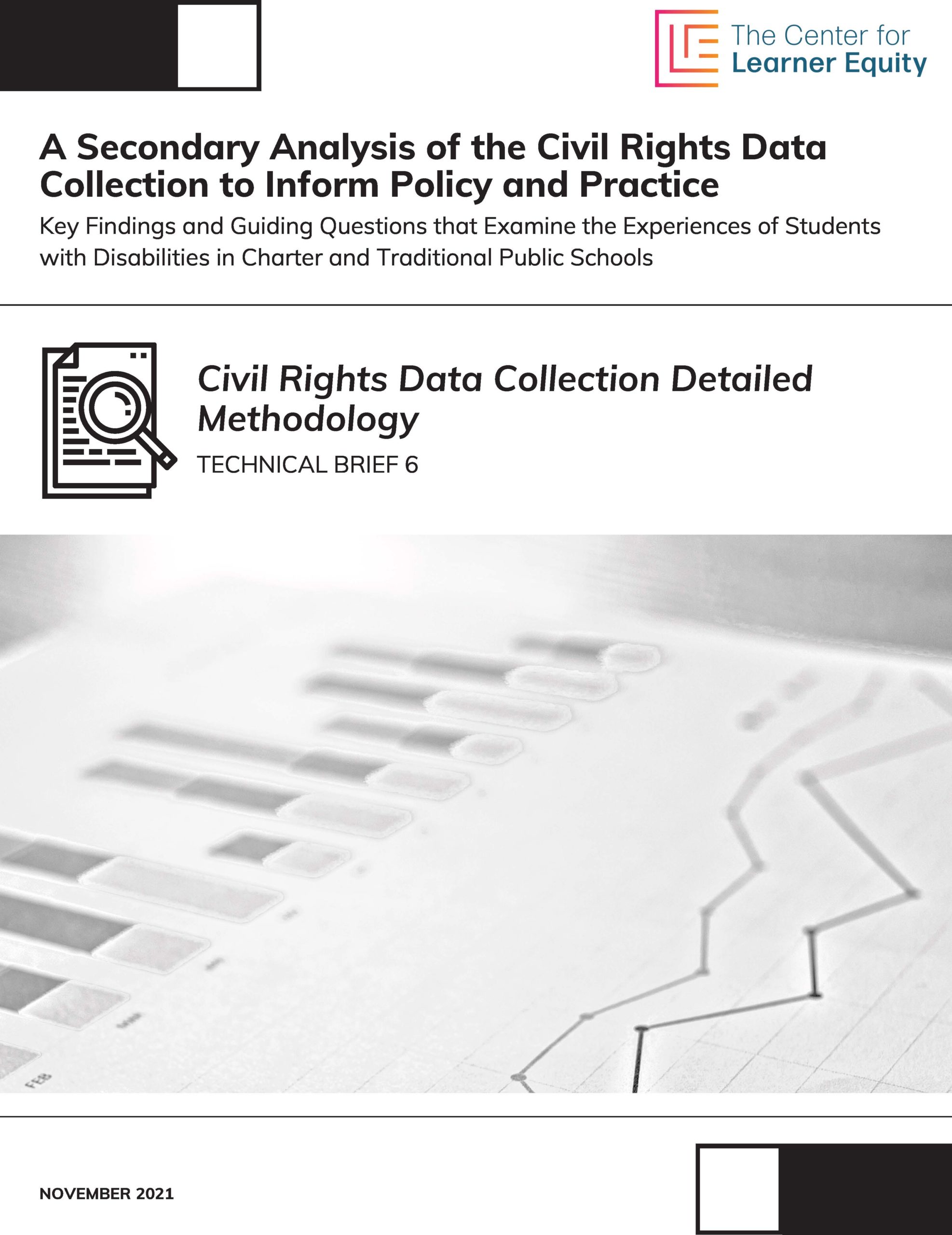
Comments are closed.